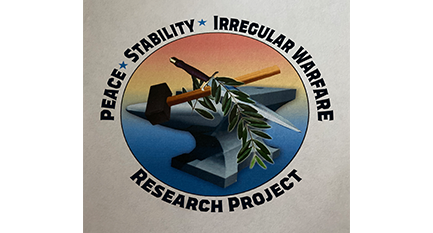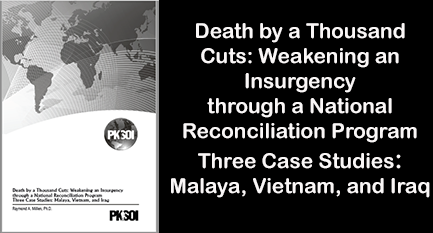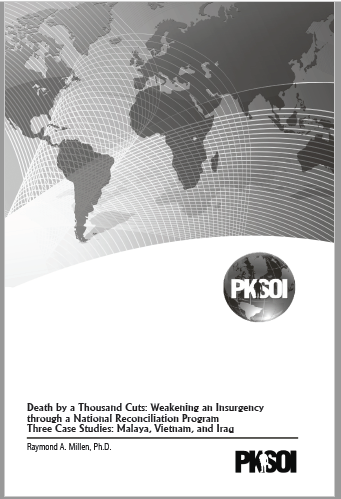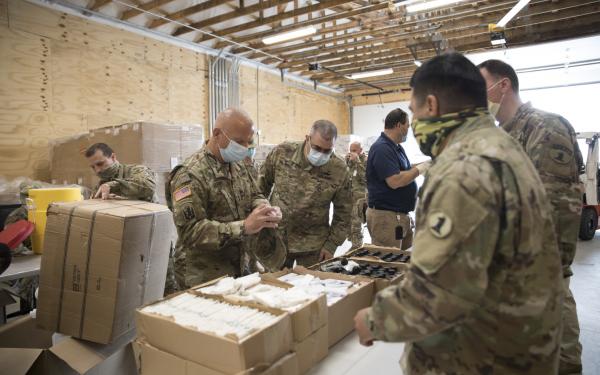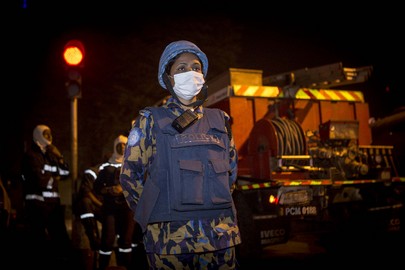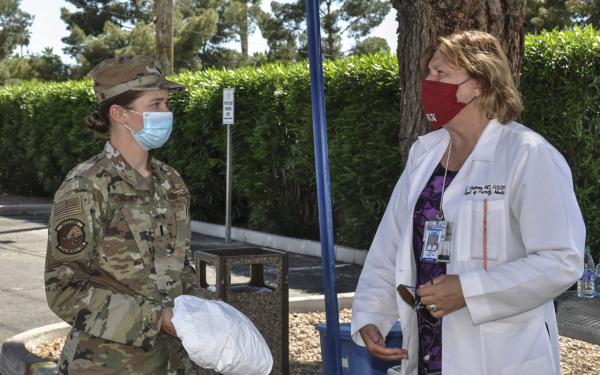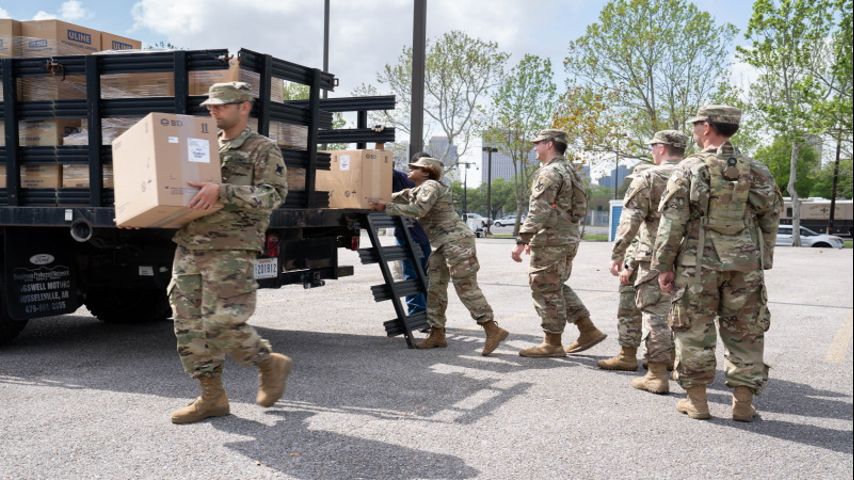Central African Republic Country Profile – Social
From Cia Facebook (Page last updated on October 09, 2020)
Population: 5,990,855 (July 2020 est.) / note: estimates for this country explicitly take into account the effects of excess mortality due to AIDS; this can result in lower life expectancy, higher infant mortality, higher death rates, lower population growth rates, and changes in the distribution of population by age and sex than would otherwise be expected
Nationality: Central African(s)
Ethnic groups: Baya 28.8%, Banda 22.9%, Mandjia 9.9%, Sara 7.9%, M’Baka-Bantu 7.9%, Arab-Fulani (Peul) 6%, Mbum 6%, Ngbanki 5.5%, Zande-Nzakara 3%, other Central African Republic ethnic groups 2%, non-Central African Republic ethnic groups .1%
Languages: French (official), Sangho (lingua franca and national language), tribal languages
Religions: Christian 89.5%, Muslim 8.5%, folk 1%, unaffiliated 1% (2010 est.) / note: animistic beliefs and practices strongly influence the Christian majority
Demographic profile:
The Central African Republic’s (CAR) humanitarian crisis has worsened since a coup in March 2013. CAR’s high mortality rate and low life expectancy are attributed to elevated rates of preventable and treatable diseases (including malaria and malnutrition), an inadequate health care system, precarious food security, and armed conflict. Some of the worst mortality rates are in western CAR’s diamond mining region, which is impoverished because of government attempts to control the diamond trade and the fall in industrial diamond prices. To make matters worse, the government and international donors have reduced health funding in recent years. The CAR’s weak educational system and low literacy rate have also suffered as a result of the country’s ongoing conflict. Schools are closed, qualified teachers are scarce, infrastructure, funding, and supplies are lacking and subject to looting, and many students and teachers are displaced by violence.
Rampant poverty, human rights violations, unemployment, poor infrastructure, and a lack of security and stability have led to forced displacement internally and externally. Since the political crisis that resulted in CAR’s March 2013 coup began in December 2012, approximately 600,000 people have fled to Chad, the Democratic Republic of the Congo (DRC), and other neighboring countries, while another estimated 600,000 are displaced internally as of October 2019. The UN has urged countries to refrain from repatriating CAR refugees amid the heightened lawlessness. (2019).
Other information about Central African Republic – Social:
a. Rule of Law. Lack of Rule of Law processes and institutions delays the improvement of the country across all its sectors. However, in November 2016, a Brussels international donors’ conference requested over US$105 million to “operationalize” the Special Criminal Court (SCC) (a ‘hybrid’ court of national and international judges and staff). The SCC was intended to bring to justice to those individuals suspected of having committed crimes under international law during the conflict.
The UN’s “Mapping Report”, which highlights the serious violations of human rights and international humanitarian law from 2003 to 2015, provides a roadmap for the SCC. However, the SCC needs full funding and procedures to protect witnesses and to secure court personnel.
b. Humanitarian Assistance. CAR ranks last out of 188 countries on the UN Human Development Index. UN OCHA estimates that 2.9 million people are in need of humanitarian assistance due to rising food insecurity and continued violence throughout the country which has led to the displacement of nearly 600,000 people.[i] Yet, theUN’s humanitarian appeal for $430.7 million for needs in 2019 is only 29% funded halfway through the year.
Less than 25% of the total population has access to improved sanitation (compared to the 65% of the population with improved drinking sources). Consequently, the degree of risk for major infectious diseases is defined as “very high” and includes the food or waterborne diseases of bacterial and protozoal diarrhea, hepatitis A and E, and typhoid fever, as well as the water contact disease of schistosomiasis. The CAR population is also susceptible to malaria, dengue fever, and meningococcal meningitis.
c. Human Rights. Respect for human rights has long been deficient in CAR, and extra-judicial killings, arbitrary arrests, harassment, and physical assault continue. In August 2017, the UN reported early warning signs of genocide in CAR. The sexual violence against women and children is unabated, with Human Rights Watch reporting that armed groups in CAR “used rape and sexual slavery as a tactic of war across the country during nearly five years of conflict.”
Where there is stability, it is maintained by separation in that many towns and communities have become homogeneous due to the displacement of either its Muslim or Christian populations. One of the most important programs in CAR is the reintegration of child soldiers back into society.
[i] UN Office for the Coordination of Humanitarian Affairs (OCHA), Central African Republic: Humanitarian Situation and Urgent Funding Requirements, 27 March 2019, https://reliefweb.int/sites/reliefweb.int/files/resources/HNO-Light-26032019-%28001%29.pdf
[ii] The World Bank. (2019). The World Bank in the Central African Republic. Based on data set released 2019-11-25 and accessed 2020-10-06 at https://www.worldbank.org/en/country/centralafricanrepublic/overview Terms of use http://go.worldbank.org/OJC02YMLA0
From refliefweb
Evolution of needs over the last six months and key humanitarian consequences (September 2019 – February 2020)
CAR continues to face a serious protection crisis, with unabated violations of human rights and international humanitarian law despite the signature of the Political Agreement for Peace and Reconciliation on 6 February 2019. Consequently, civilians continue to pay the highest price of uninterrupted violence. Notwithstanding some initial progress made on the political dialogue, the population has yet to see tangible peace and protection dividends, as some two million people, or 60 per cent of the population in CAR, are still in need of protection.
The security situation has further deteriorated in some locations. Between September 2019 and February 2020, armed conflicts occurred in Vakaga (Birao), Haute-Kotto (Bria), Basse Kotto (Alindao and Mingala), Mbomou (Nzako) and in Bangui’s third district (PK5) causing onset and multiple displacement of population in urgent need of multi-sectorial assistance. In the same reporting period, the UNICEF/Rapid Response Mechanism recorded 33 new alerts, with 49 per cent of them due to violence. In addition to the 12 prefectures that had already issued alerts earlier this year, the prefectures of Haute-Kotto, Mamberei-Kadei and Lobaye were also affected.
Since October 2019, violence has resumed or continued in several areas of the country.
According to the latest 2P-tool analysis on perception of protection priorities (see illustration below), between October 2019 and February 2020, the situation has deteriorated in Bria, Birao, Alindao, Ndélé and Bangui’s third district. Paoua, Ngaoundaye, Batangafo, Kaga Bandoro, Mbres, Bambari and Ippy continue to be high priority areas in terms of protection concerns. Yalinga and Satéma are no longer blind spots, following humanitarian missions in these two hard-to-reach areas; which were possible thanks to the increased UNHAS helicopter capacity.
One in four Central Africans has been forced to seek refuge either internally or in neighboring countries due to insecurity and violence. The number of IDPs saw a 15 per cent increase between September and October 2019 only, from 600,000 to 693,000. As of 31 January 2020, 67 per cent of the 682,000 IDPs are living in host families and the rest in 91 sites (77 official IDP sites and 14 informal settlements) across the country. Only 66 per cent of sites have a site manager. A major threat to the over 214,000 IDPs living on sites is the systematic violation of the civilian character of IDP sites, due to the widespread infiltration of weapons and armed elements (Commission Mouvement de Population – CMP December 2020).
In the last quarter of 2019, 29,249 IDPs and 3,168 Central African refugees returned to their homes, a decreasing number compared to the movement registered following the Political Agreement for Peace and Reconciliation in February. Return areas are still affected by ongoing violence, such as in Vakaga, Mboumou, Ouham Pendé, Ouham (Protection Cluster, January 2020). Almost one returnee out of two fears for the security of the children (46 per cent) and the adults (47 per cent) of the household (Multisectoral Need Assessment – MSNA, 2019) and their living conditions are often tougher than the displaced themselves. For instance, out the 197 hard-to-reach localities that reported the presence of returnees in December 2019, 7 per cent indicated that returnees had no shelter at all and 43 per cent emergency shelters only (Hard to reach, REACH, December 2019).
In return areas, mainly due to exclusion practices, female heads of households face more obstacles to gain access to employment as well as land ownership. In addition, the representation in community structures remains skewed towards men.
UN Office for the Coordination of Humanitarian Affairs to learn more about OCHA’s activities, please visit https://www.unocha.org/.
OCHA Humanitarian data: https://reliefweb.int/report/central-african-republic/central-african-republic-humanitarian-dashboard-january-june-2020

These products are the results of academic research and intended for general information and awareness only. They include the best information publicly available at the time of publication. Routine efforts are made to update the materials; however, readers are encouraged to check the specific mission sites at https://minusca.unmissions.org/en or https://peacekeeping.un.org/en/mission/minusca.
Index
Executive Summary / Current Political and Security Dynamics / Recent Situation Updates
Central African Republic Country Profile
Government/Politics / Geography / Military&Security / Economy / Social / Information / Infrastructure
United Nations Multidimensional Integrated Stabilization Mission in the Central African Republic (MINUSCA)
Senior Leaders of the Mission / Mandate / Strength / Deployment of Forces / Casualties / Mission’s Poltical Activities / Security Council Reporting and mandate cycles / Background / Timeline
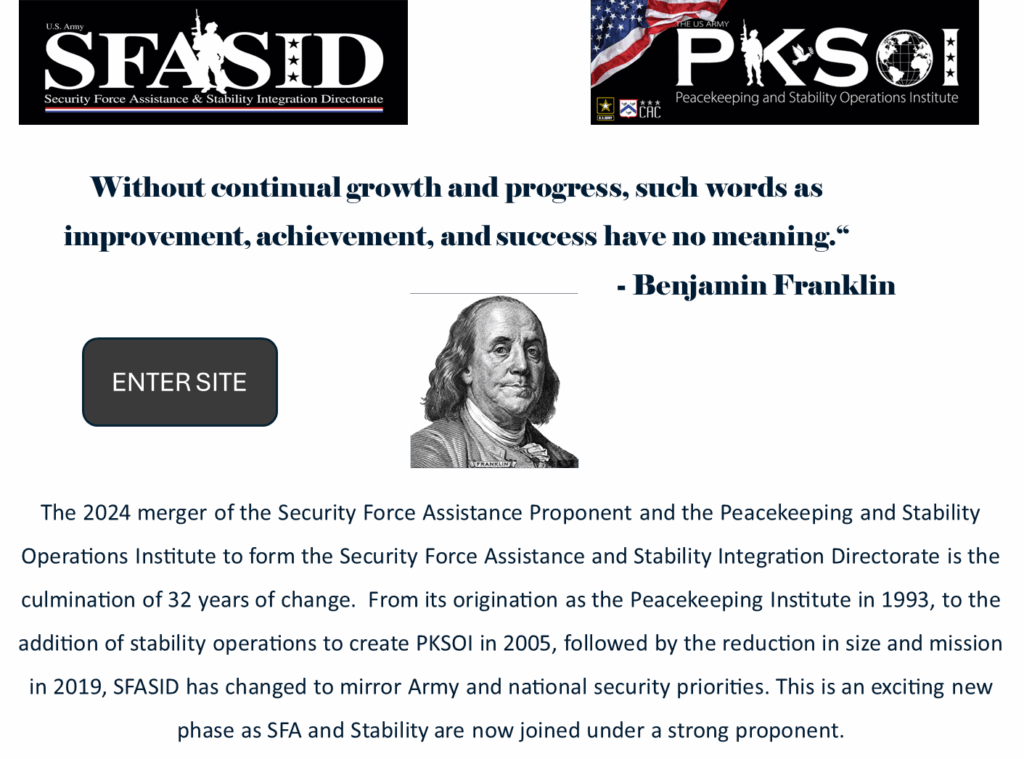












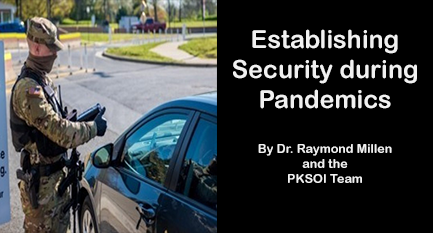
.jpg)

